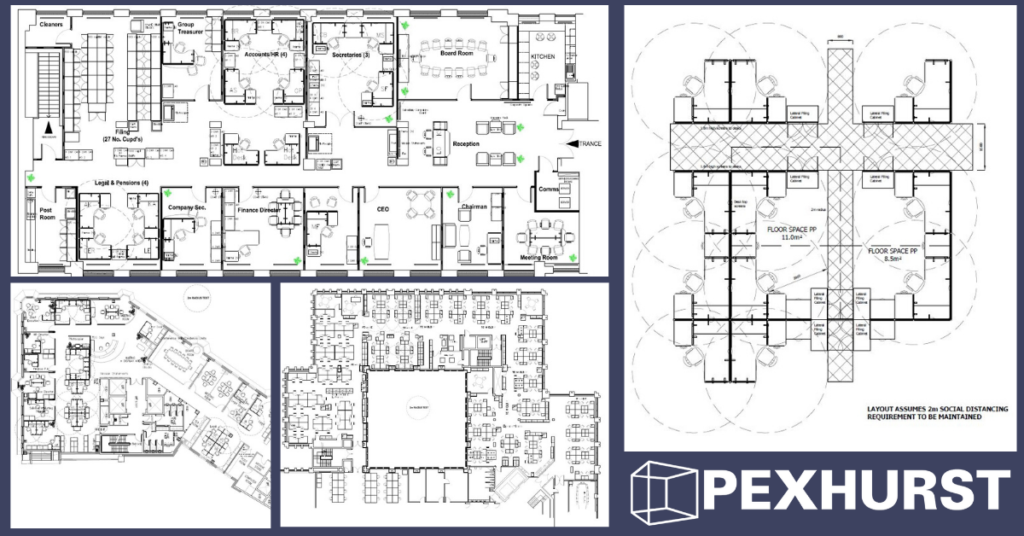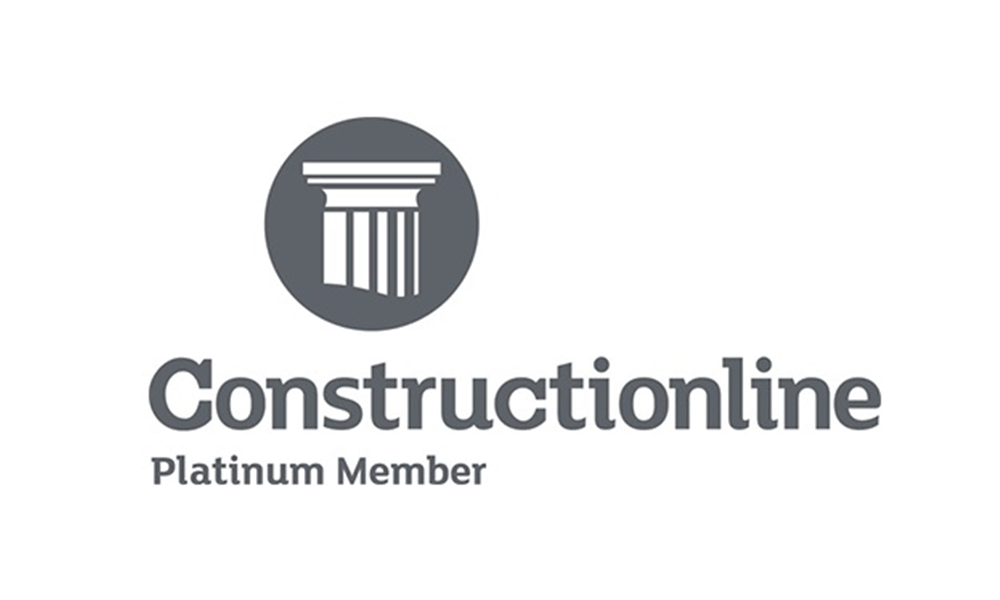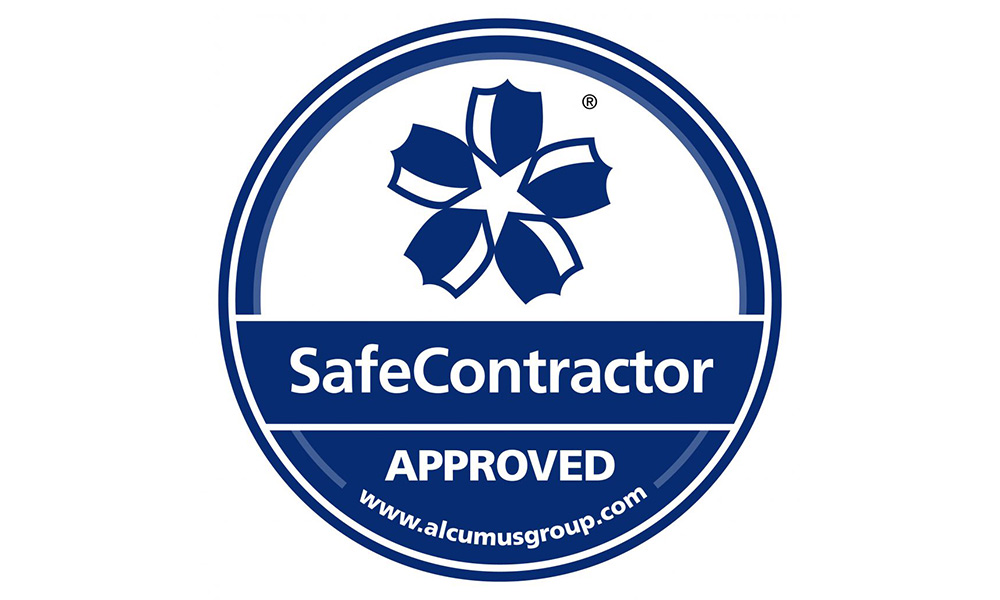The question that has been contemplated more over the past year than at any other point in history.
With a return to the workplace already underway for some and soon to be for others, now is the time for businesses to weigh up where we are, how far we’ve come and apply the lessons learned over the past year to create workplaces that suit both the individual and the organisation.
In this follow-up to ‘Workplaces: Back to the Future’ article we published almost a year ago, Graham Pearce, Principal at tbp architects offers insights into the more permanent workplace changes businesses are likely to implement as we get back to ‘normal life’.
What can we expect to see in a post-lockdown office?
A long-held belief is that working from home is a productivity killer. But many employees – and their employers – were surprised to find they were more productive when working in remote settings. In fact, research published by McKinsey Global Institute in March found that the combination of technology acceleration and the lack of a commute could raise productivity by about 1 percentage point annually in the years to 2024, more than doubling the pre-pandemic rate of growth.
However, many employees – particularly junior members of staff – have found themselves feeling particularly isolated thanks to fewer opportunities for skills development, networking and informal interactions. The differing nature and needs of employees have seen businesses adopt the hybrid working model, allowing employees to combine on and off-site work as they and their employers see fit.
Demands on office space are changing as a result. We expect a growing number of companies with several office locations or offices spread over several floors to consolidate their space in response to the reduced demand. Hot-desking will overtake traditional fixed rows of seating as more economic use of floor space. And meeting areas will be allocated more floor space to help aid collaboration and teamwork.
How can businesses/operators make their offices more people friendly?
Covid restrictions and physical distancing have highlighted the need for healthy and comfortable work spaces. Higher density office spaces may well prove unsettling on a return to work, and so we could see the reduction in workstation capacity. For example, large banks of eight or more workstations could be reconfigured to hubs of four desks to provide more space between employees.
We will start to see greater emphasis on break-out areas including kitchens and break rooms as well as alternative work space as booths and lounge seating, all of which mimic the work-from-home environment while allowing more space, less crowding and ultimately more comfort.
How can businesses/operators prepare for these changes?
Consultation with employees is the first step in assessing what changes may be best for any given work space. By taking stock of what employees want and accounting for the psychological impacts of Covid over the past year, companies will decide what format works best for their cultures and establish clear ground rules for their organisations.
What part will technology play in the future office?
Technology has already significantly assisted businesses during the lockdown period and will continue to play a pivotal role in what workspaces offer post-pandemic.
In-office collaboration systems will work in tandem with our own personal devices to help lure employees back into the office, ensure their safety and wellbeing and also help to determine what these spaces will offer.
Workplaces will need to invest in collaboration technologies, such as seamless video conferencing technology, that allow smooth conversations between teams both on-site and remotely. This is also where personal devices come into their own. Employees will use them not only to communicate but to connect with smart systems built within the workplace.
Technology and data will also play in measuring data for employee health and wellness as well as that of the environment. For example, sensors that measure data for space, lighting, temperature, CO2 and sound levels etc., can be analysed and will help to inform improvements or changes to design and configuration.
What are the opportunities and challenges for the office market?
The consolidation of office space is likely to result in the reduction in demand for office space, at least in the short term. However, one thing is for certain; businesses that adapt rapidly by creating their ideal environment will build stronger corporate cultures and end up with more committed talent.
Read our other workplace articles below:
https://www.pexhurst.co.uk/the-office-isnt-dead-just-changing/
https://www.pexhurst.co.uk/workplaces-back-to-the-future/

Follow us on LinkedIn!- https://www.linkedin.com/company/pexhurst-services-limited/











